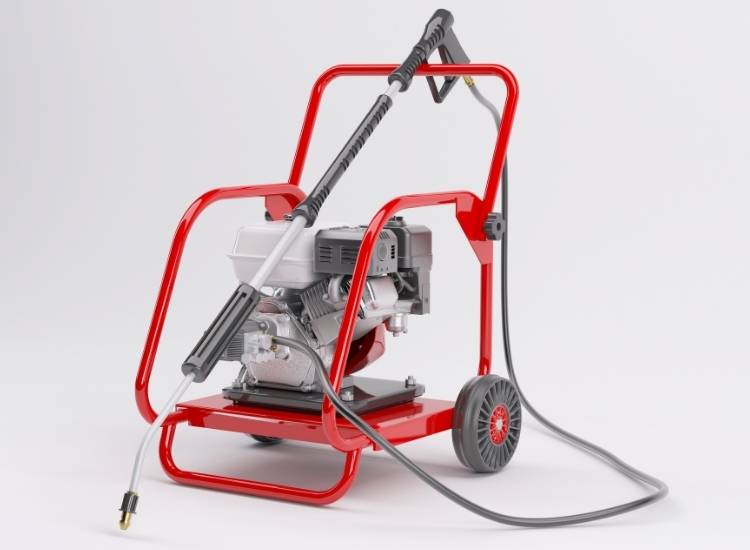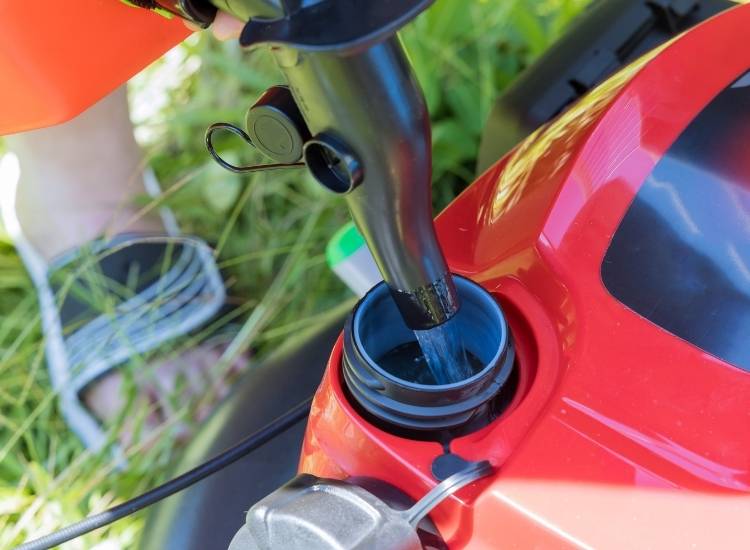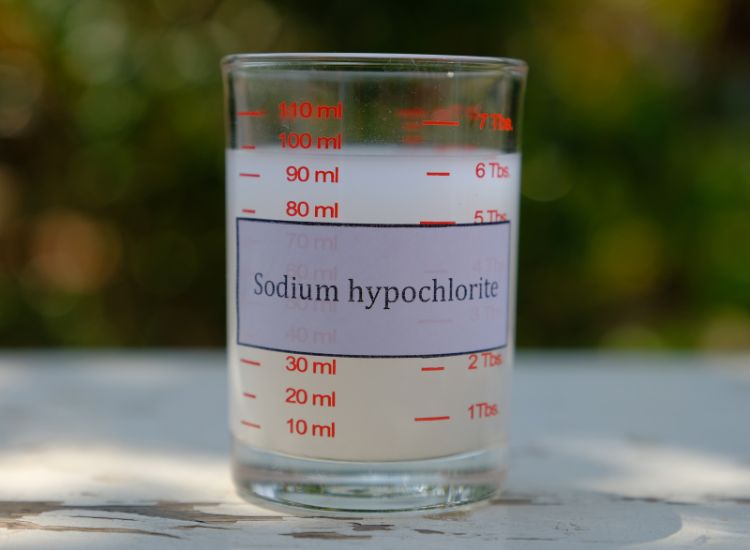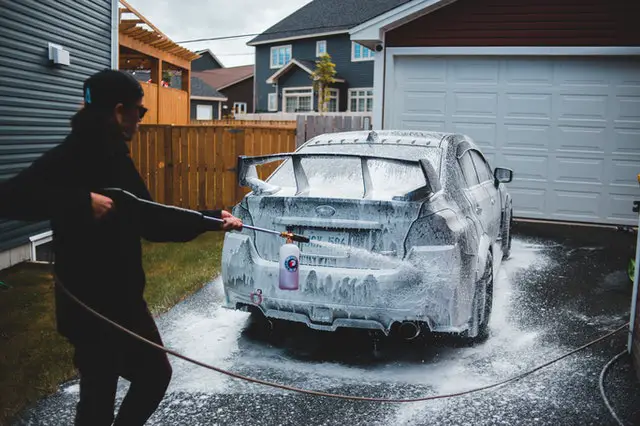How to Winterize Pressure Washer
As winter approaches, it’s essential to protect your pressure washer from damage caused by freezing temperatures. Properly winterizing your equipment ensures it will be ready for use when the warmer days return.
Taking a few simple steps can help extend the life of your pressure washer and avoid unnecessary repairs. So, let’s dive into how you can prepare your pressure washer for the cold ahead and maintain its optimal performance.
Why You Need to Winterize Your Pressure Washer
Your pressure washer is a valuable tool for outdoor cleaning tasks. As winter approaches, it is important to prepare and protect it from potential damage due to freezing temperatures.
When water in the pressure washer freezes, it can expand and cause cracks in the pump, hoses, and other components. This can lead to costly repairs or even the need to replace your pressure washer entirely.

To prevent damage and ensure that your pressure washer is ready to use when warmer weather returns, winterizing is key. By following a few simple steps you can save time, money, and the frustration of dealing with a broken tool.
Winterizing your pressure washer doesn’t just protect it from damage due to freezing temperatures, it can also help extend the overall life of your machine. Proper maintenance including winterization, can keep your pressure washer running efficiently for years to come.
Getting Started: Supplies You Need
Before you start winterizing your pressure washer, gather the necessary supplies. You will need pressure washer antifreeze, cleaning solution, a clean cloth, and a funnel.
First, make sure your pressure washer is off and cooled down. Disconnect the hose from the water source. Attach the pressure washer hose to the pump and gun. Now you’re ready to begin the winterizing process.
For gas pressure washers, add fuel stabilizer to the gasoline tank according to the manufacturer’s instructions. This will protect and prolong the life of the engine during cold months. Run the engine for a few minutes to circulate the stabilizer through the system.
To protect the internal parts from rust and freezing, use pressure washer antifreeze. Some common options include RV antifreeze or a specially formulated pressure washer antifreeze solution. Pour the antifreeze into the garden hose inlet using a funnel.
For electric pressure washers, remove any water by turning it on for a few seconds. Then, apply a pump saver solution, which works similarly to antifreeze in protecting the internal parts.
Finally, clean the exterior of your pressure washer with a cleaning solution and a clean cloth. This will ensure any dirt or debris is removed, maintaining proper function for the next season. Store your pressure washer in a dry, cool place to protect it throughout the winter months.
Draining the Fuel

Why It’s Important
Draining the fuel from your pressure washer is essential for winter storage. It prevents potential damage caused by frozen fuel and water in the system.
Steps to Drain the Fuel
- Locate the fuel tank: Find the fuel tank cap on your pressure washer and loosen it slightly to release any pressure inside.
- Place a container under the drain valve: Position an appropriate container to catch the fuel as it drains out.
- Open the drain valve: Carefully open the valve and allow the fuel to drain into the container. Be sure to catch any spills or drips.
- Close the drain valve: Once all fuel has been drained, close the valve securely to prevent leakage or contamination.
After draining the fuel, it’s recommended to run the engine briefly, allowing any residual fuel to clear the carburetor. This step minimizes the risk of gum and varnish buildup. Remember to take safety precautions like doing this procedure in a well-ventilated area.
Draining Water and Cleaning
To winterize your pressure washer, start by turning off the engine. Disconnect all hoses and attachments, making sure to drain any excess water.
Next, use a pump saver to push anti-freeze through the pump system. This will protect your pump from freezing and potential damage.
Now, mix a solution of mild detergent and water in a clean bucket. Use a soft bristle brush to carefully clean the exterior of your pressure washer.
Rinse the pressure washer thoroughly with clean water. Wipe it dry with a soft cloth to avoid any leftover moisture causing damage during storage.
Finally, store your pressure washer in a cool, dry, and frost-free place to prevent any damage from harsh winter weather. Don’t forget to follow the instructions in the owner’s manual for proper storage methods.
Adding Antifreeze
Before winter arrives, you should add antifreeze to your pressure washer to protect it from freezing temperatures. It’s a simple process that can help you prevent expensive repairs and prolong the life of your machine.
First, make sure to disconnect any hoses and attachments, then turn on your pressure washer to clear out any remaining water. This is important because water left inside can freeze, expand, and damage the internal components.
To begin, locate your pressure washer’s inlet and connect a funnel to it. Pour a special pressure washer antifreeze, which is also known as pump saver, into the funnel until it comes out of the pump outlet. This ensures that the antifreeze solution fills the entire pump system.
During this process, let the engine run for a few minutes to circulate the antifreeze throughout all the internal components. Be sure to follow the manufacturer’s recommendations for the amount of antifreeze required for your specific model.
Storing the Pressure Washer
Before storing your pressure washer, it’s essential to protect its components from freezing temperatures. First, make sure to disconnect all hoses and attachments.
Drain water from the pump, hoses, and gun by tilting the pressure washer. This prevents any residual water from freezing and causing damage.
Next, add a pump saver or antifreeze solution to protect the pump’s internal parts. Follow the manufacturer’s instructions for the specific product you’re using.
Store your pressure washer in a cool, dry place. Ensure it’s well ventilated and protected from harsh weather conditions, such as heavy rain or snow.
Check the oil levels in both the engine and pump before storing. If necessary, change the engine oil according to the manufacturer’s recommendations.
Lastly, clean the air filter and store it separately if it’s damp or dirty. This will prevent the growth of mold or mildew during storage.
Frequently Asked Questions

How do you drain water from a pressure washer pump?
To drain water from a pressure washer pump, first, disconnect any hoses and attachments. Then, tilt the washer to allow any remaining water to drain out of the pump through the inlet and outlet connections.
What’s the best storage for a pressure washer during winter?
The best storage for a pressure washer during winter is to keep it in a dry, well-ventilated area free from moisture and freezing temperatures. Ideally, store your pressure washer in a garage or shed with insulation to protect it from the cold.
Can you leave a pressure washer outside during freezing temperatures?
No, you should not leave a pressure washer outside during freezing temperatures. Exposure to frost and ice can damage the internal components of the washer. Always store your pressure washer indoors in a cool, dry place during winter.
What type of antifreeze should be used in a pressure washer?
For pressure washers, use a pump saver or RV antifreeze, which is designed specifically for pressure washer pumps. Regular automotive antifreeze should be avoided, as it can cause damage to the internal components of your pump.
How to change pump oil for winter storage?
To change pump oil for winter storage, begin by placing a drain pan beneath the pump. Remove the oil cap, and gently tilt the pressure washer to allow the old oil to drain. Refill the pump with fresh oil recommended by the manufacturer, then replace the oil cap securely.
What maintenance steps are needed for Craftsman pressure washers in winter?
For Craftsman pressure washers, follow these winter maintenance steps: 1) Drain the pump of water, 2) Replace the pump oil, 3) Add pump saver or RV antifreeze to provide internal protection, 4) Inspect and clean the air filter, and 5) Store the unit indoors in a dry, well-ventilated area.






